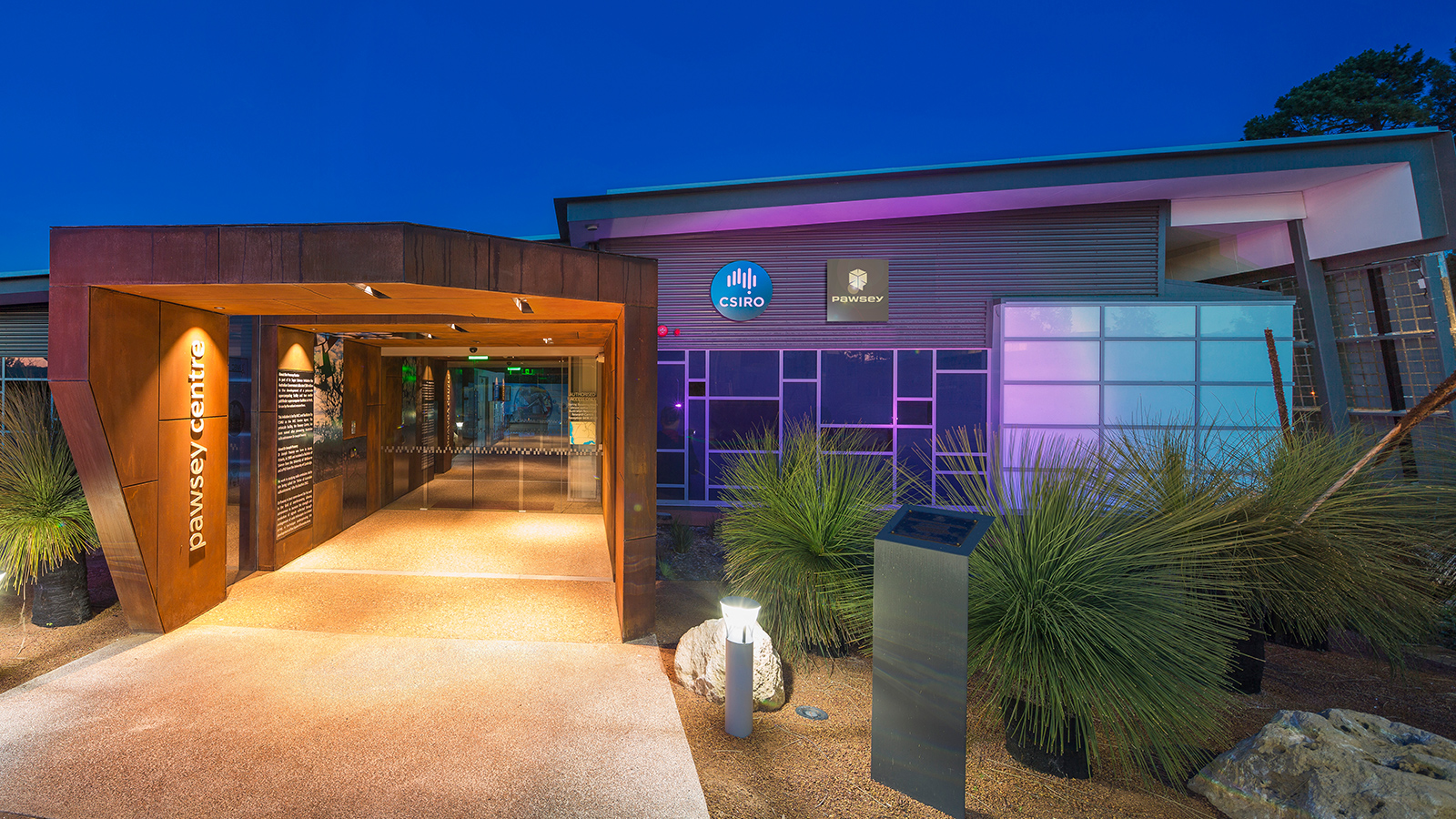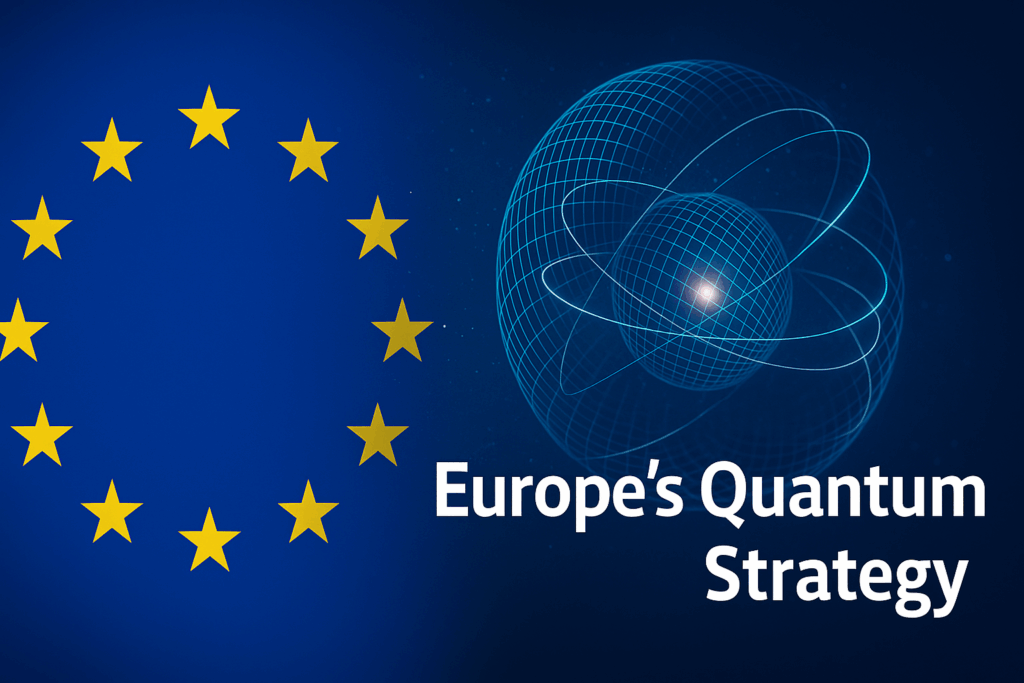Insider Brief
- NVIDIA announced that Australia’s Pawsey Supercomputing Research Centre will add the NVIDIA® CUDA Quantum platform accelerated by NVIDIA Grace Hopper™ Superchips to its National Supercomputing and Quantum Computing Innovation Hub.
- CUDA Quantum is an open-source hybrid quantum computing platform that features powerful simulation tools, and capabilities to program hybrid CPU, GPU and QPU systems, as well as, the NVIDIA cuQuantum software development kit.
- The NVIDIA Grace Hopper Superchip combines the NVIDIA Grace CPU and Hopper GPU architectures to provide extreme performance for running high-fidelity and scalable quantum simulations.
PRESS RELEASE — NVIDIA announced that Australia’s Pawsey Supercomputing Research Centre will add the NVIDIA® CUDA Quantum platform accelerated by NVIDIA Grace Hopper™ Superchips to its National Supercomputing and Quantum Computing Innovation Hub, furthering its work driving breakthroughs in quantum computing.
Researchers at the Perth-based center will leverage CUDA Quantum — an open-source hybrid quantum computing platform that features powerful simulation tools, and capabilities to program hybrid CPU, GPU and QPU systems — as well as, the NVIDIA cuQuantum software development kit of optimized libraries and tools for accelerating quantum computing workflows.
The NVIDIA Grace Hopper Superchip — which combines the NVIDIA Grace CPU and Hopper GPU architectures — provides extreme performance to run high-fidelity and scalable quantum simulations on accelerators and seamlessly interface with future quantum hardware infrastructure.

“High-performance simulation is essential for researchers to address the biggest challenges in quantum computing — from algorithm discovery and device design to the invention of powerful methods for error correction, calibration and control,” said Tim Costa, director of HPC and quantum computing at NVIDIA. “CUDA Quantum, together with the NVIDIA Grace Hopper Superchip, allows innovators such as Pawsey Supercomputing Research Centre to achieve these essential breakthroughs and accelerate the timeline to useful quantum-integrated supercomputing.”
“Pawsey Supercomputing Centre’s research and test-bed facility is helping to advance scientific exploration for all of Australia as well as the world,” said Mark Stickells, executive director at the Pawsey Supercomputing Research Centre. “NVIDIA’s CUDA Quantum platform will allow our scientists to push the boundaries of what’s possible in quantum computing research.”
Australia’s national science agency, CSIRO (Commonwealth Scientific and Industrial Research Organisation), estimates the domestic market opportunity from quantum computing to be worth $2.5 billion annually in revenue, with the potential to create 10,000 new jobs by 2040. Achieving this will require quantum computing to be embedded in other scientific domains, with applications in astronomy, life sciences, medicine, finance and more.
Pushing the Boundaries of Quantum Computing
Pawsey will deploy the system to run quantum workloads directly from traditional high performance computing systems, leveraging their processing power and developing hybrid algorithms that intelligently divide calculations into classical and quantum kernels, using the quantum device to improve computing efficiency. Quantum machine learning, chemistry simulations, image processing for radio astronomy, financial analysis, bioinformatics and specialized quantum simulators will be studied, starting with various quantum variational algorithms.
Pawsey is deploying eight NVIDIA Grace Hopper Superchip nodes based on NVIDIA MGX™ modular architecture. GH200 Superchips eliminate the need for a traditional CPU-to-GPU PCIe connection by combining an Arm-based NVIDIA Grace™ CPU with an NVIDIA H100 Tensor Core GPU in the same package, using NVIDIA NVLink™-C2C chip interconnects.
This increases the bandwidth between GPU and CPU by 7x compared with the latest PCIe technology. It delivers up to 10x higher performance for applications running terabytes of data, giving quantum-classical researchers unprecedented power to solve the world’s most complex problems.
Pawsey is committed to making the NVIDIA Grace Hopper platform available to the Australian quantum community, as well as its international partners.
If you found this article to be informative, you can explore more current quantum news here, exclusives, interviews, and podcasts.
















